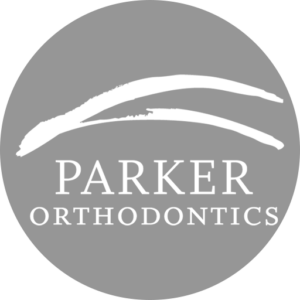While both Invisalign and braces have advantages and disadvantages, Invisalign has become increasingly popular due to its discreet appearance and ease of use. But if you have dental crowns or implants, getting orthodontic treatment is critical.
This article will explore different conditions for orthodontic treatment with dental crowns and implants. Continue reading to learn which orthodontic treatment is best for you.
Invisalign Basics
Invisalign is an orthodontic treatment that uses customized clear aligners to straighten teeth. Patients wear the aligners for a set period before moving on to the next phase of the treatment. The treatment typically takes 12–18 months, depending on the severity of the case.
Unlike traditional braces, Invisalign aligners are virtually invisible and easily removable. The aligners are smooth, comfortable plastic that won’t irritate the gums or cheeks like metal braces. It is a popular choice for most adults and teenagers alike.
Conditions for Orthodontic Treatment
Getting Invisalign or braces with your dental crown or implant is possible. However, treatment options may vary depending on the patient’s specific situation. Speak with your orthodontist if you’re considering this orthodontic treatment with your dental crown or implant. Here are some conditions to think about:
- Implants: It is critical to ensure your implant has completely healed before beginning any orthodontic treatment. Because implants are inserted directly into the jawbone, they cannot move as freely as natural teeth. They may need to be adjusted or replaced to accommodate tooth shifting. Your orthodontist will collaborate with your dentist or oral surgeon to decide the most suitable plan of treatment based on your needs.
- Crowns: When you have a dental crown, it is crucial to think about how it will mesh with your new braces or Invisalign aligners. Your teeth can still move if you have a dental crown. Because the root is still in place, the braces can guide the dental crown like a natural tooth. However, it may move slower than a natural tooth. Your orthodontist may have to modify the position of your dental crown or make an entirely new one to guarantee an accurate fit and ideal outcomes. Furthermore, if you have a temporary crown, it may need to be replaced before starting treatment.
You should consult your orthodontist and dental team before getting braces or Invisalign with dental crowns or implants. With careful planning and attention to detail, you can achieve a beautiful, healthy smile that will last a lifetime.
Is Invisalign better than braces?
The answer to this question depends on your individual needs and preferences. Both Invisalign and braces have unique advantages and disadvantages. Professional advice is necessary when considering orthodontic treatment with dental implants or crowns.
Your orthodontist will evaluate your dental situation, including the placement of implants or crowns, and develop a customized treatment plan for your teeth. They will consider implant stability, crown material, and the potential effects of orthodontic treatment on your dental health.
Make sure to follow the orthodontist’s instructions and attend all appointments to ensure the success of your treatment. With proper care and maintenance, both Invisalign and braces can help you achieve a beautiful, healthy smile.
Choosing the Right Orthodontic Treatment
Having dental implants or crowns does not deprive you of having a beautiful smile. The choice between Invisalign and braces is personal. It depends on your unique circumstances. It is necessary to discuss your options with an orthodontist to determine which treatment is best for you.
Invisalign and braces are both effective teeth straightening methods. While their approaches might differ, they all aim to give you that gorgeous, healthy smile. Schedule your free consultation with Parker Orthodontics to determine which orthodontic treatment is best for you.
